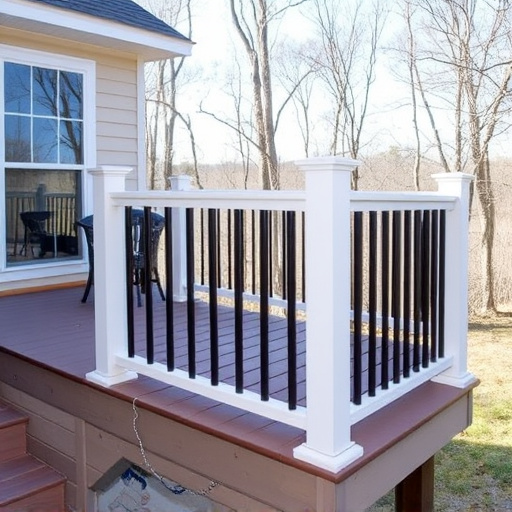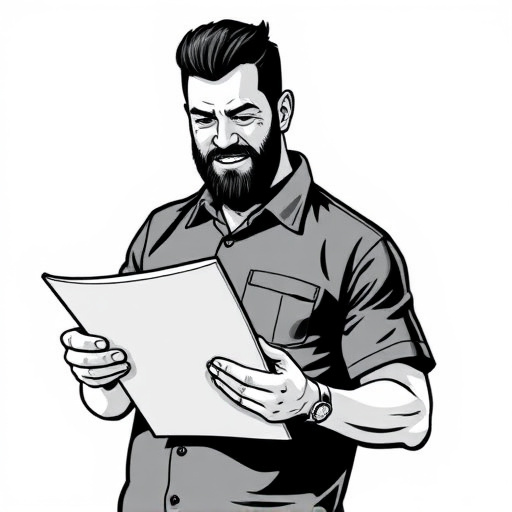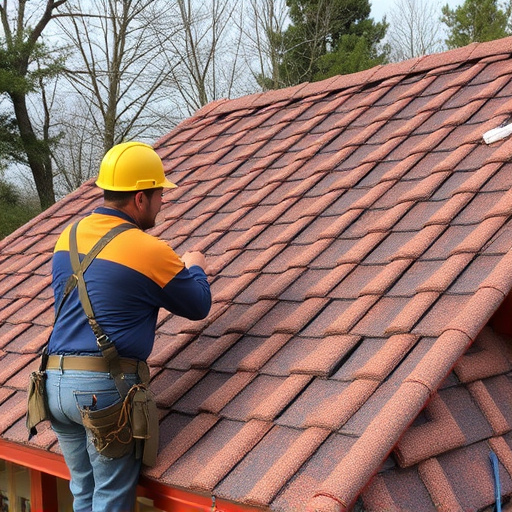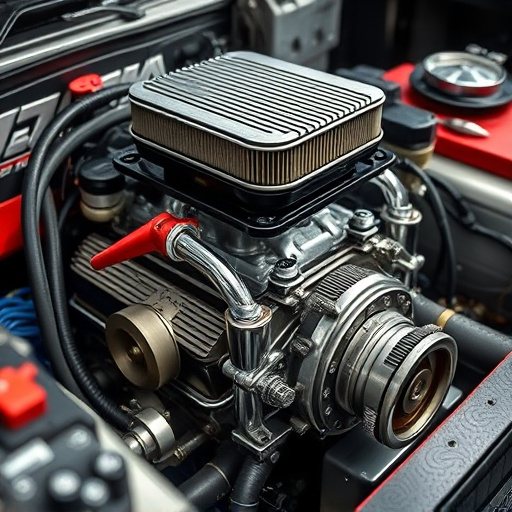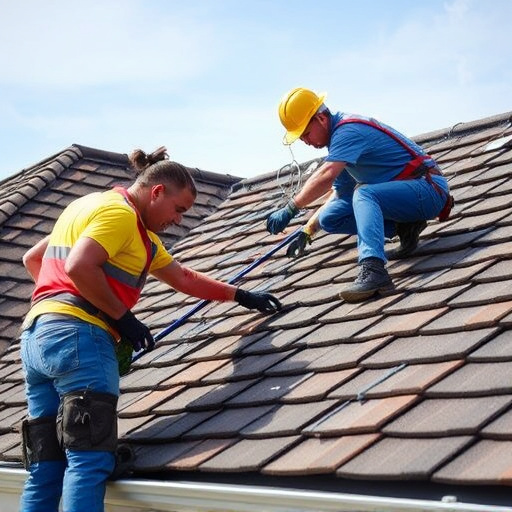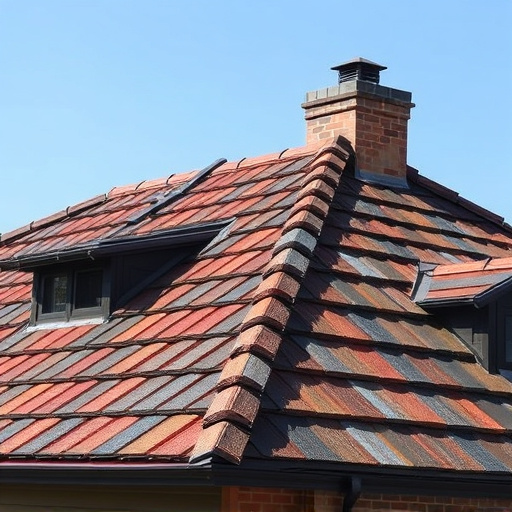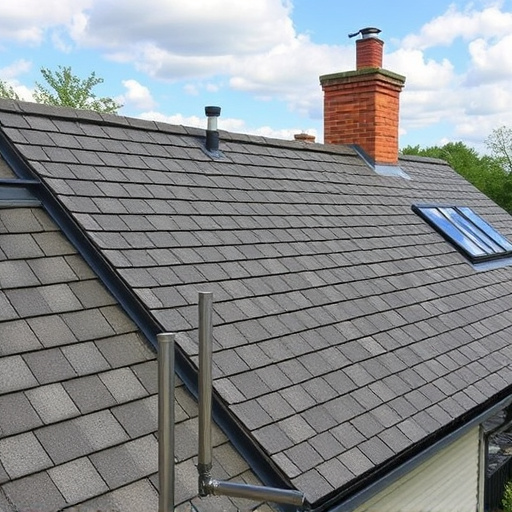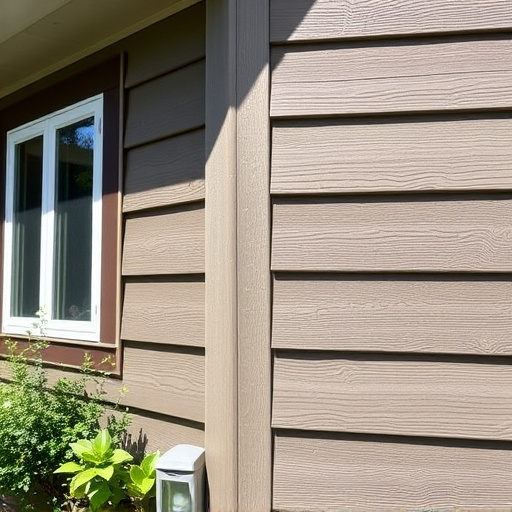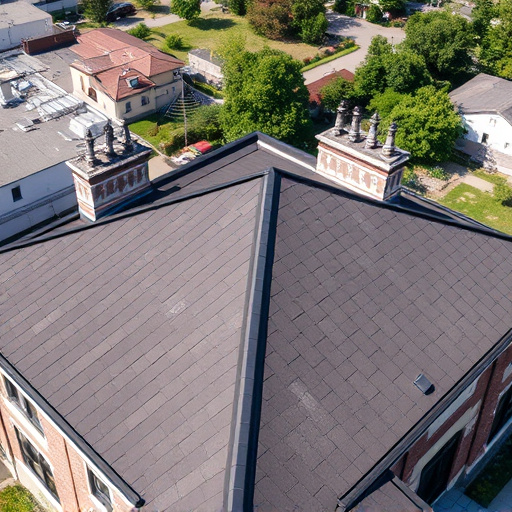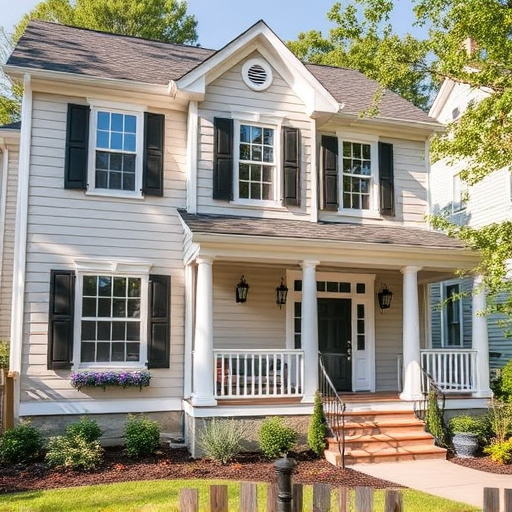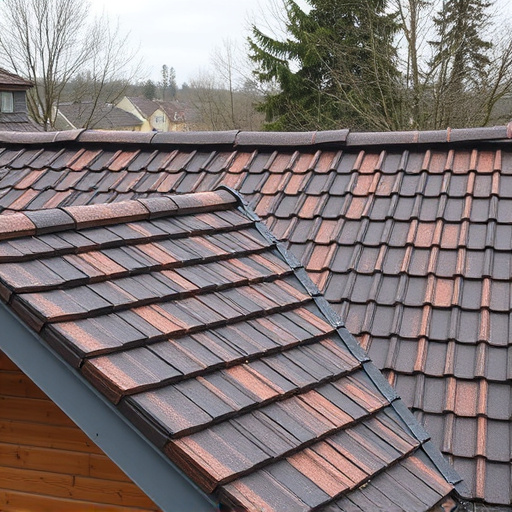Installing fiber siding requires precision measurement, careful cutting, and secure attachment for effective weather protection. Wrong fiber type selection based on climate can lead to poor durability. Neglecting proper installation techniques and safety measures can result in gaps, misaligned panels, and inadequate sealing, making homes susceptible to water damage. Engaging professional siding companies specializing in fiber siding ensures expert handling, superior finishes, and prolonged exterior protection.
“Looking to enhance your home’s exterior with fiber siding? Avoid common pitfalls! This guide highlights critical mistakes to steer clear of in your fiber siding project. From misjudging the complexity and time required, to selecting unsuitable types for your climate, proper installation techniques and safety precautions are paramount. Discover expert tips to ensure a successful, long-lasting fiber siding makeover.”
- Misjudging Project Complexity and Time Required
- Selecting Unsuitable Fiber Siding Types for Climate
- Neglecting Proper Installation Techniques and Safety Precautions
Misjudging Project Complexity and Time Required
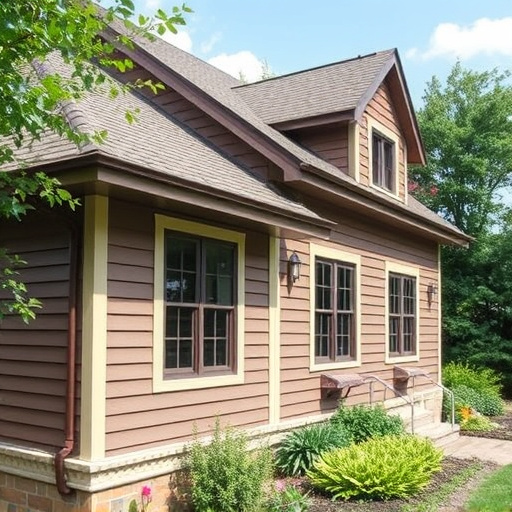
Many homeowners underestimate the complexity and time required for a fiber siding project. Fiber siding, while appealing due to its durability and low maintenance, involves intricate installation processes that cannot be rushed. The complexity arises from the need for precise measurements, careful cutting, and securing each piece of siding to ensure a watertight seal—a crucial aspect for protecting against weather damage.
Moreover, factoring in drying time for the adhesive and allowing for any potential delays caused by weather conditions is essential. Misjudging these factors can lead to rushed work, resulting in poor installations that may compromise the effectiveness of your fiber siding over time. Engaging the services of a professional siding company, like those offering home exterior services, ensures that every detail is considered, ensuring a high-quality finish and long-lasting protection for your home’s exterior.
Selecting Unsuitable Fiber Siding Types for Climate
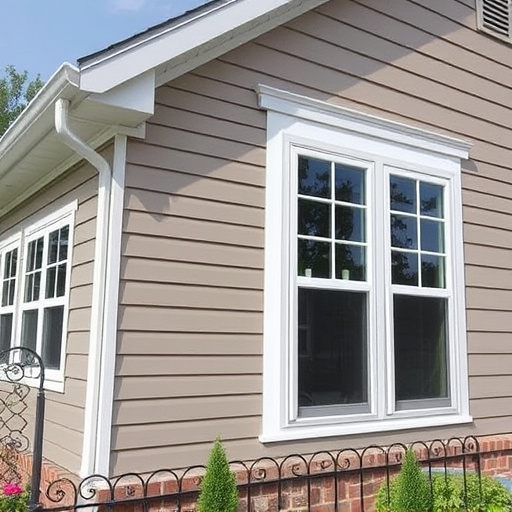
When planning a fiber siding project, one of the most critical mistakes to avoid is selecting an unsuitable type based on your climate. Fiber siding, while versatile, isn’t created equal. Some varieties are better suited for wet, snowy climates, while others thrive in drier, warmer environments. Choosing the wrong type can lead to issues like warping, fading, or poor insulation.
For example, vinyl fiber siding might be attractive and low-maintenance but doesn’t offer the same level of protection against moisture as fiber cement siding in regions with high rainfall or snowmelt. Similarly, wood fiber siding can be an excellent choice for milder climates but may require more frequent cleaning to handle annual leaf buildup. Understanding your local climate conditions is essential to ensure long-lasting results with your siding replacement or installation, and it can help guide you towards the best roofing solutions for your home.
Neglecting Proper Installation Techniques and Safety Precautions
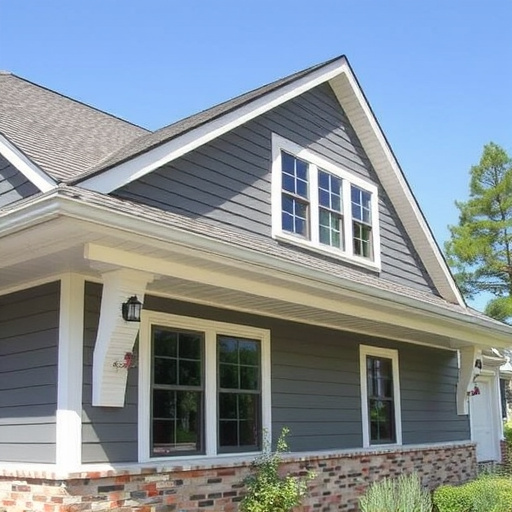
When undertaking a fiber siding project, one of the most common mistakes homeowners make is neglecting proper installation techniques and safety precautions. Fiber siding, while aesthetically pleasing and durable, requires meticulous attention during the installation process to ensure its longevity and effectiveness as a weatherproofing barrier. Unskilled or rushed installations can lead to gaps, misaligned panels, and inadequate sealing, making your home vulnerable to water damage and temperature extremes.
Proper installation involves more than just nailing down the siding boards; it includes detailed steps such as preparing the surface, flashing around windows and doors, and securing corners and edges correctly. Using the wrong tools or techniques can compromise the integrity of the fiber siding and the overall roofing services. Moreover, safety precautions like wearing protective gear, using proper ladders, and adhering to manufacturer guidelines are non-negotiable to avoid accidents and ensure high-quality siding services that stand the test of time, enhancing your home’s curb appeal and value, not to mention providing peace of mind for years to come.
When undertaking a fiber siding project, avoiding these common pitfalls is essential for achieving a durable and aesthetically pleasing finish. Misjudging the complexity and time required can lead to delays and budget overruns. Selecting the wrong type of fiber siding for your climate may result in suboptimal performance and premature deterioration. Lastly, neglecting proper installation techniques and safety precautions can compromise the entire project’s integrity. By being mindful of these mistakes, you’ll ensure a successful fiber siding installation that stands the test of time.
